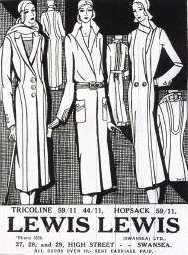Ground Control to Dr Llewellyn

If there had been a prize for the hippest Welsh person of 1967 then surely it would have gone to Dr John Anthony Llewellyn (see pic). Llewellyn (Tony to his friends) was an astronaut in an era when the race to the moon was at its most intense and glamorous.
Originally from Cardiff, where he gained a doctorate in chemistry, Llewellyn moved to the US in 1960 to teach astronautics at Florida State University. In 1967 he joined NASA's astronaut training programme in Houston, Texas.
When he wasn't practising lunar landings Llewellyn enjoyed scuba diving, motor boating and driving around in a sports car. The prospect of venturing into outer space didn't faze him one bit - he thought it would be like driving through New York traffic during the lunch hour.
Mysteriously though the Welsh astronaut dropped out of the space programme after 13 months citing "personal reasons". Llewellyn was married to a Welsh woman (Valerie Davies-Jones) and they had 3 small children - perhaps this had some bearing on his decision. Within a year Neil Armstrong and Buzz Aldrin had landed on the moon.
It's highly unlikely the silver-haired Welsh astronaut would have been involved in that first moon landing. He was part of an intake of astronauts that would go on to pioneer the Space Shuttle in the early 80s. As for Llewellyn himself he went back to an academic career and disappeared off our cultural radar altogether.







